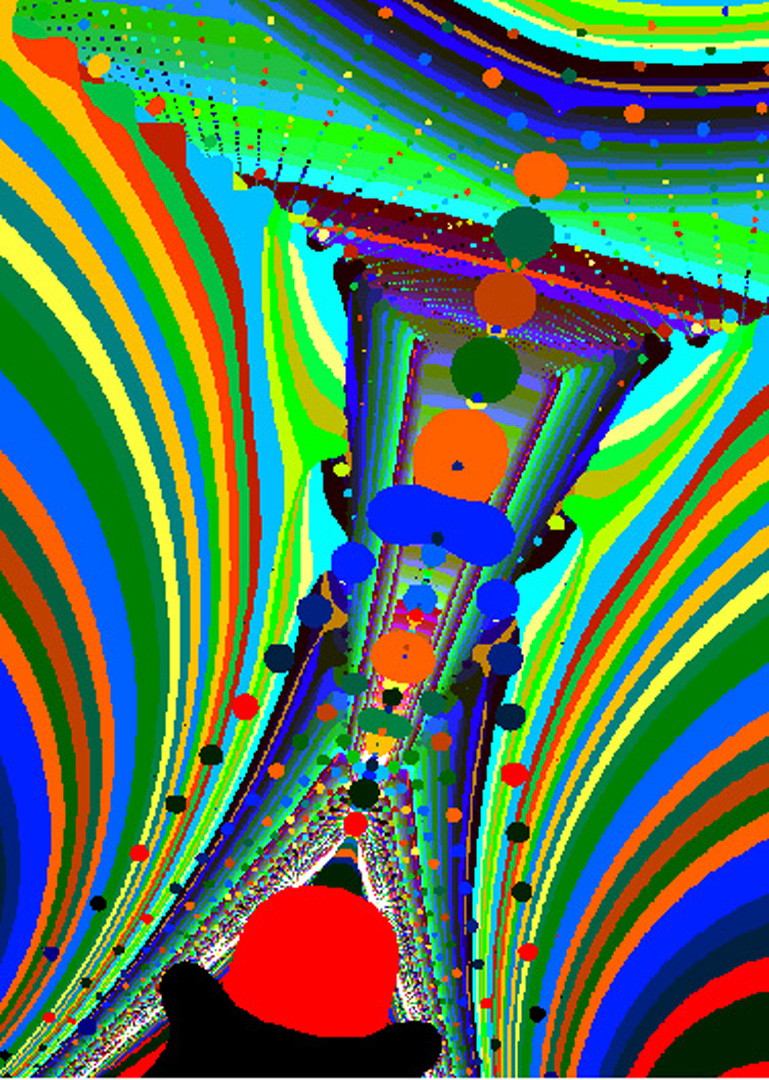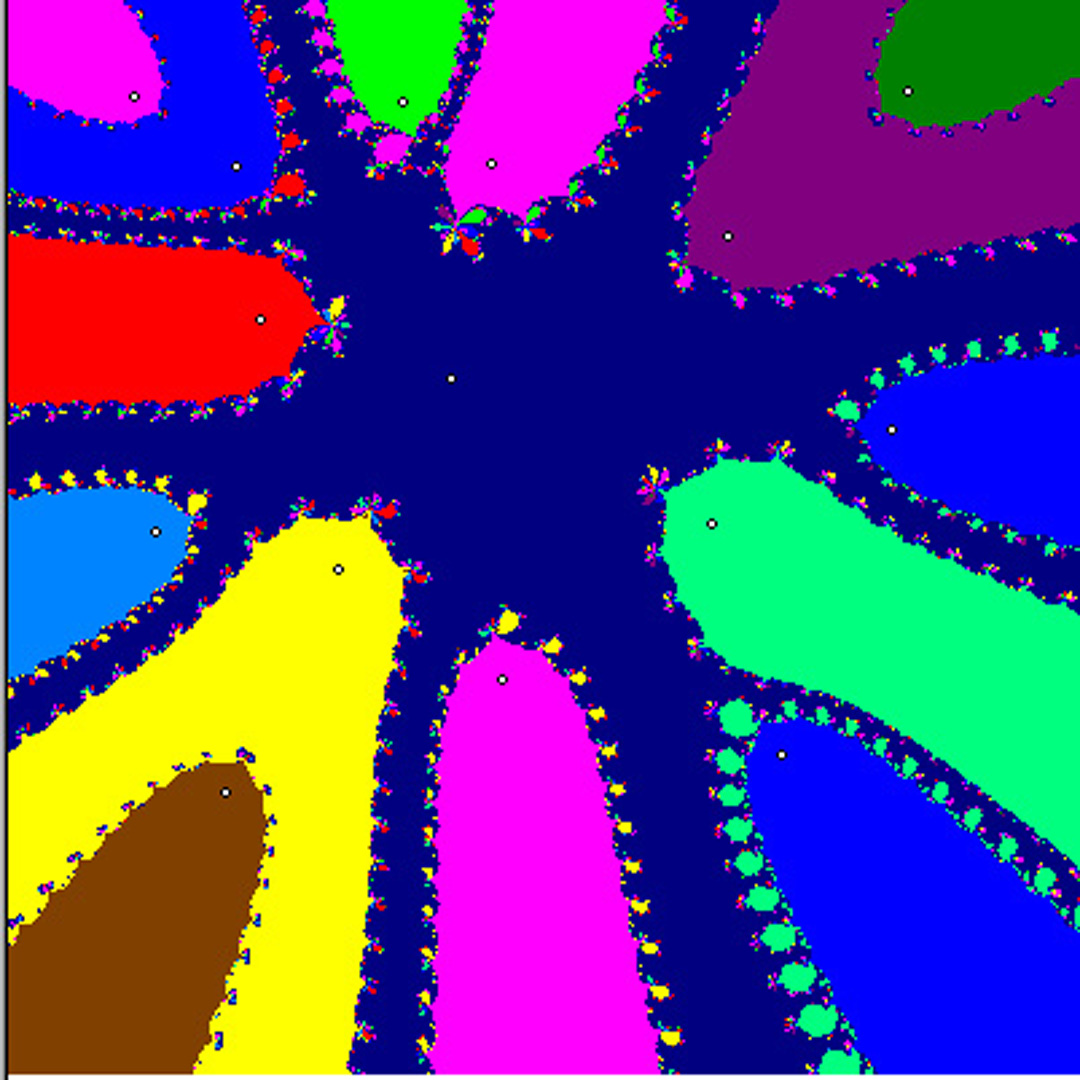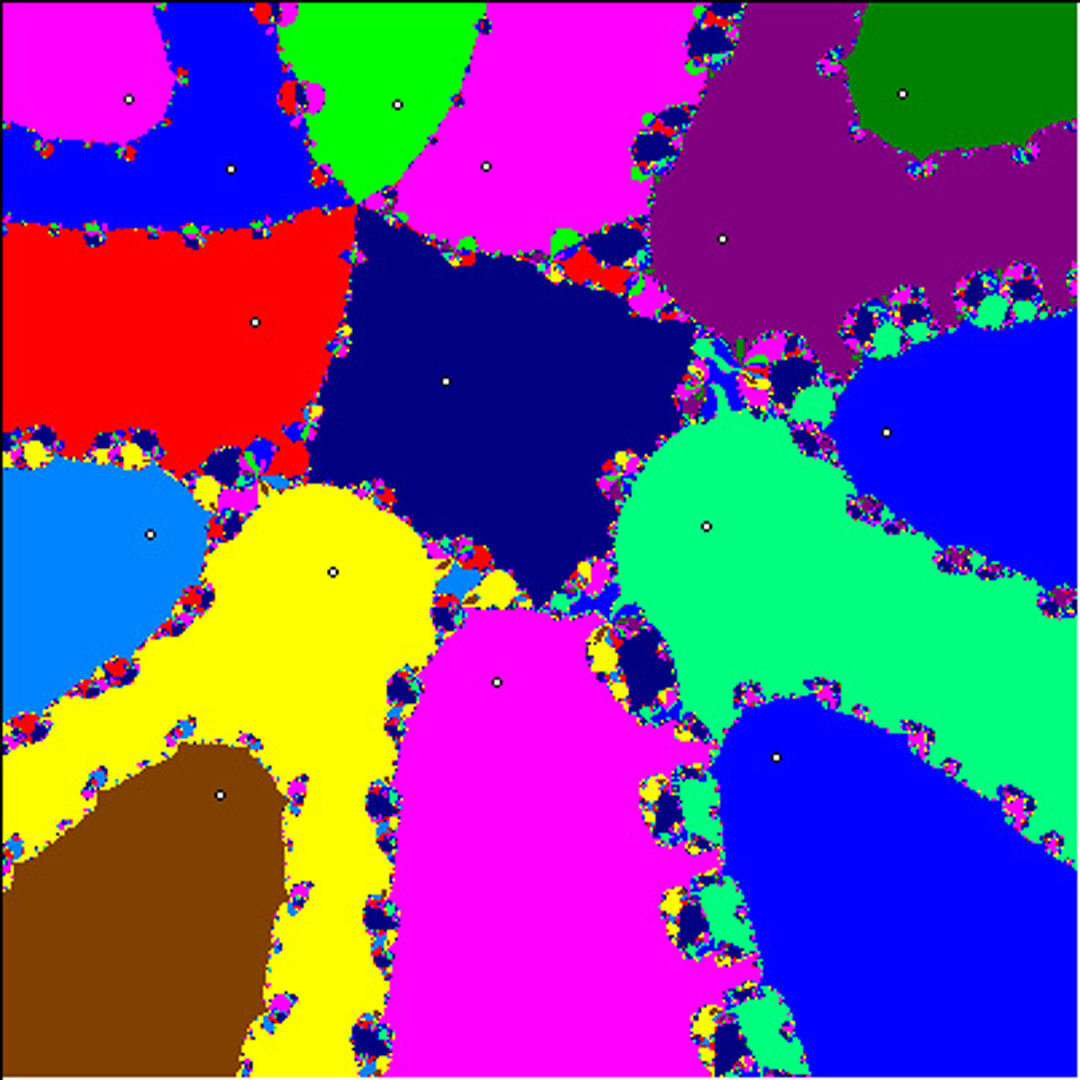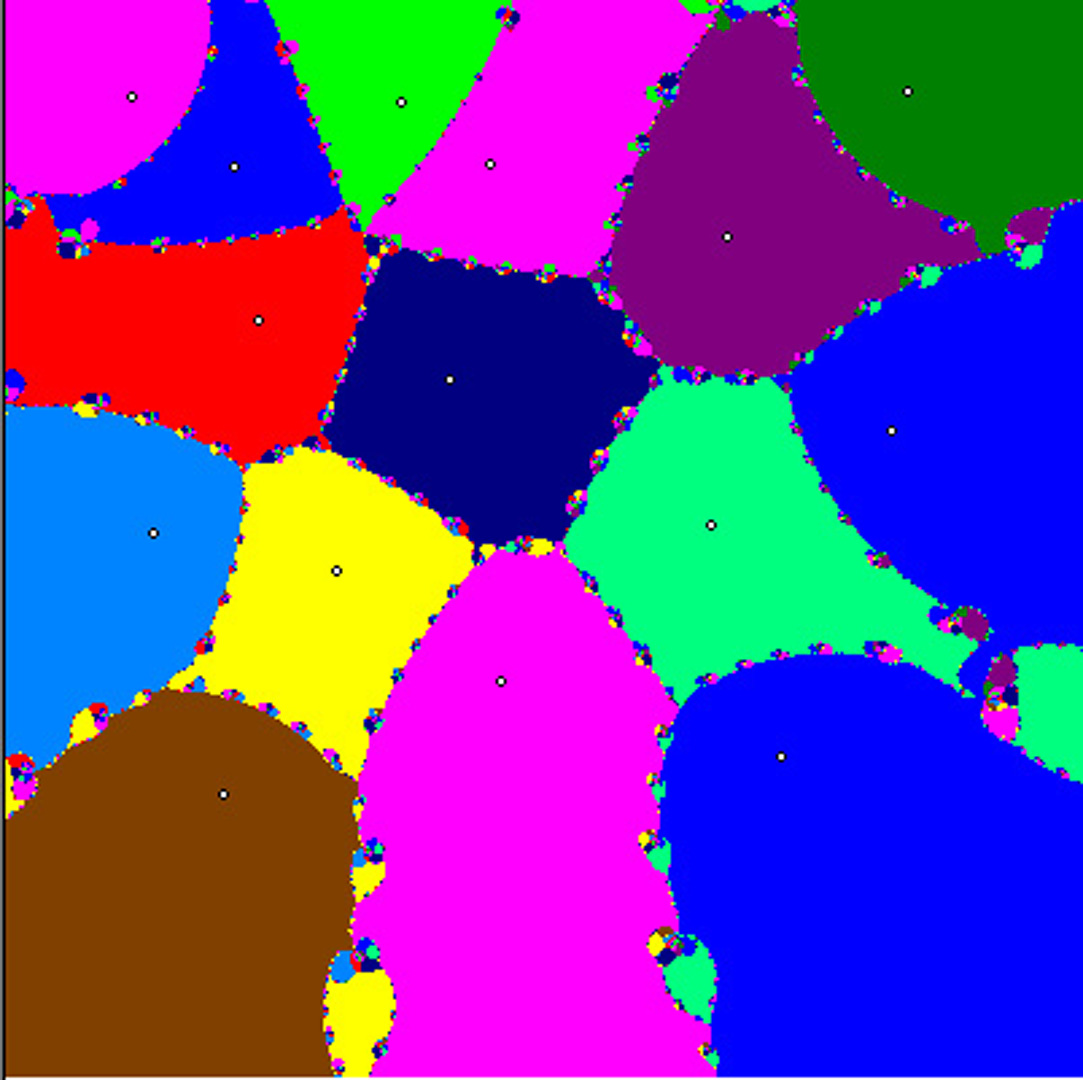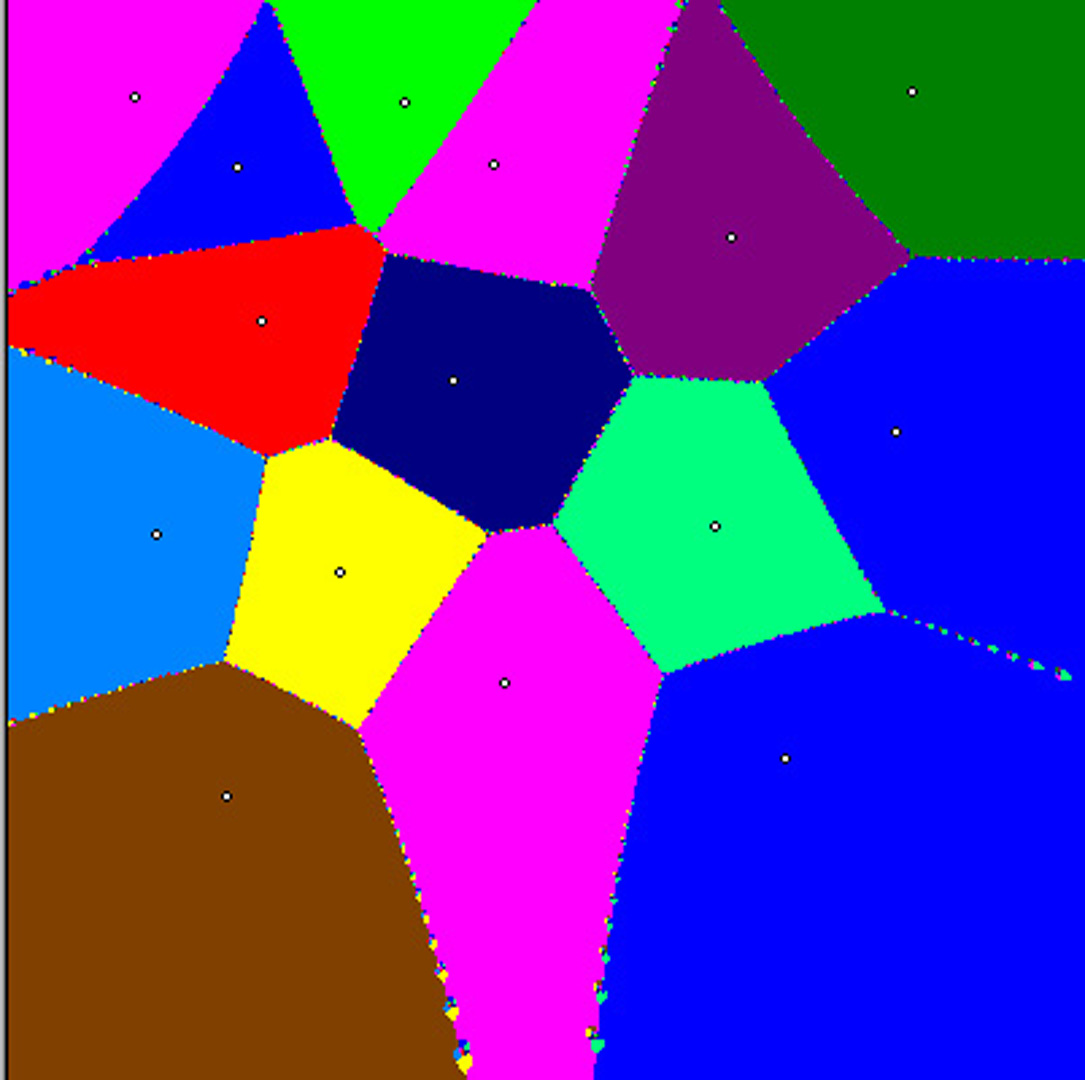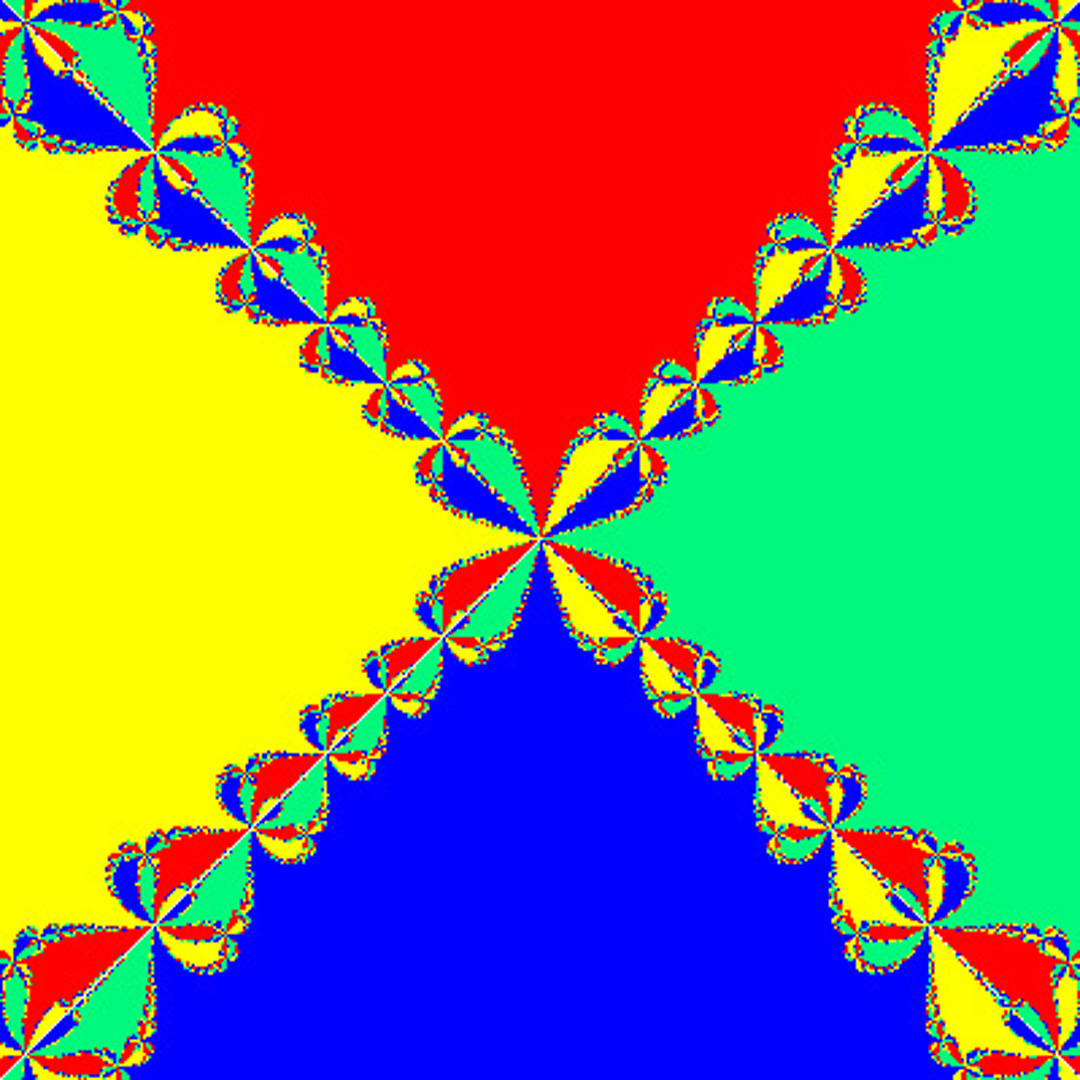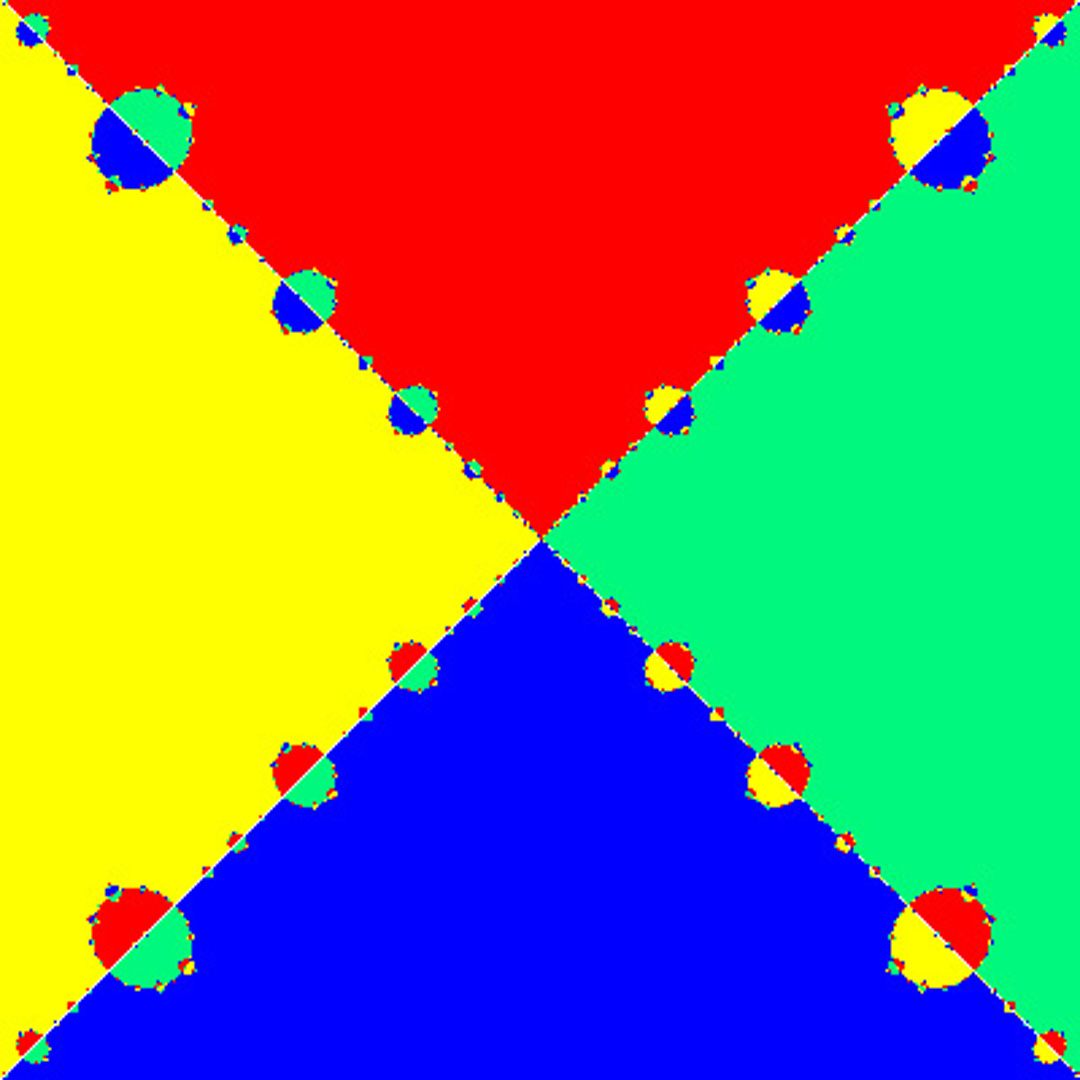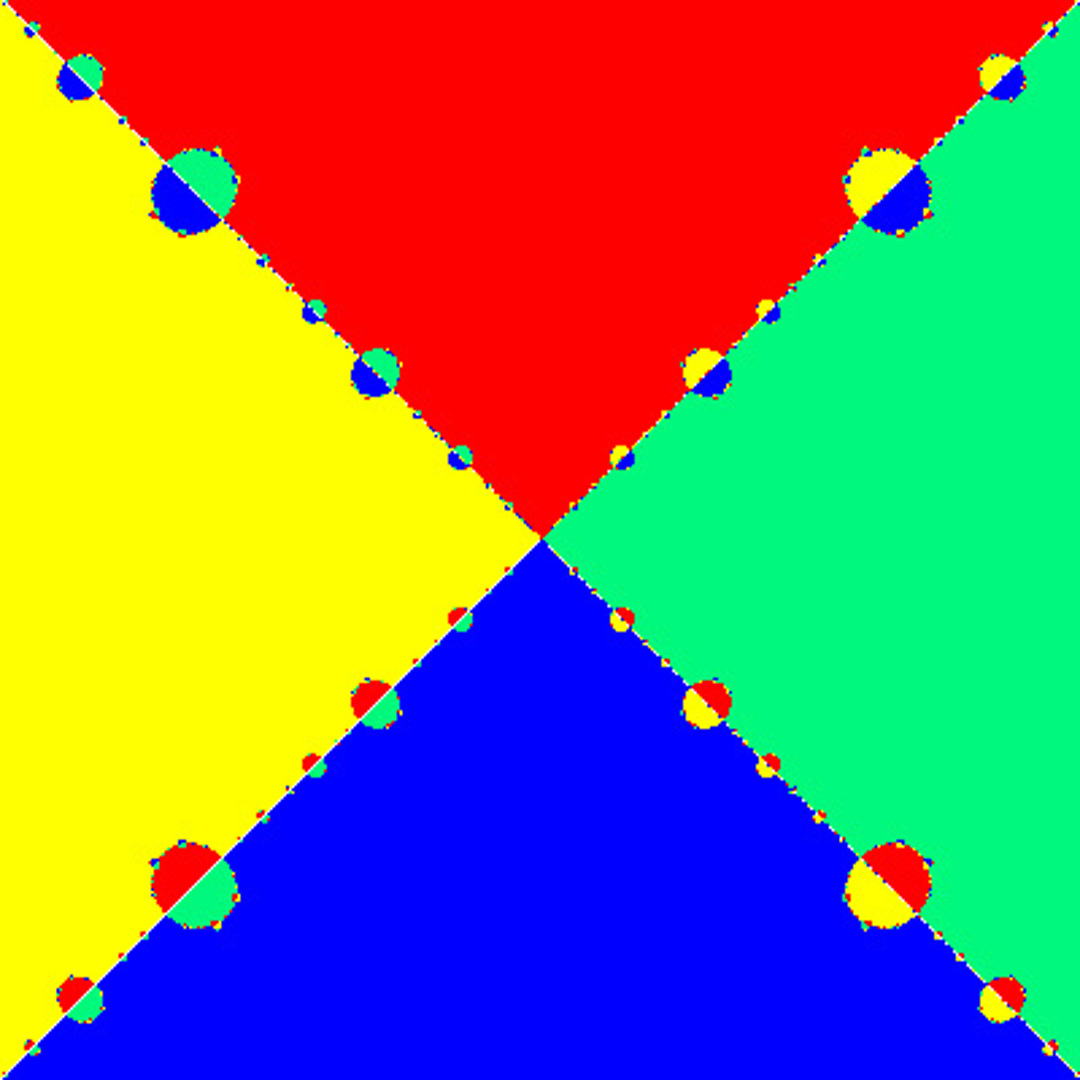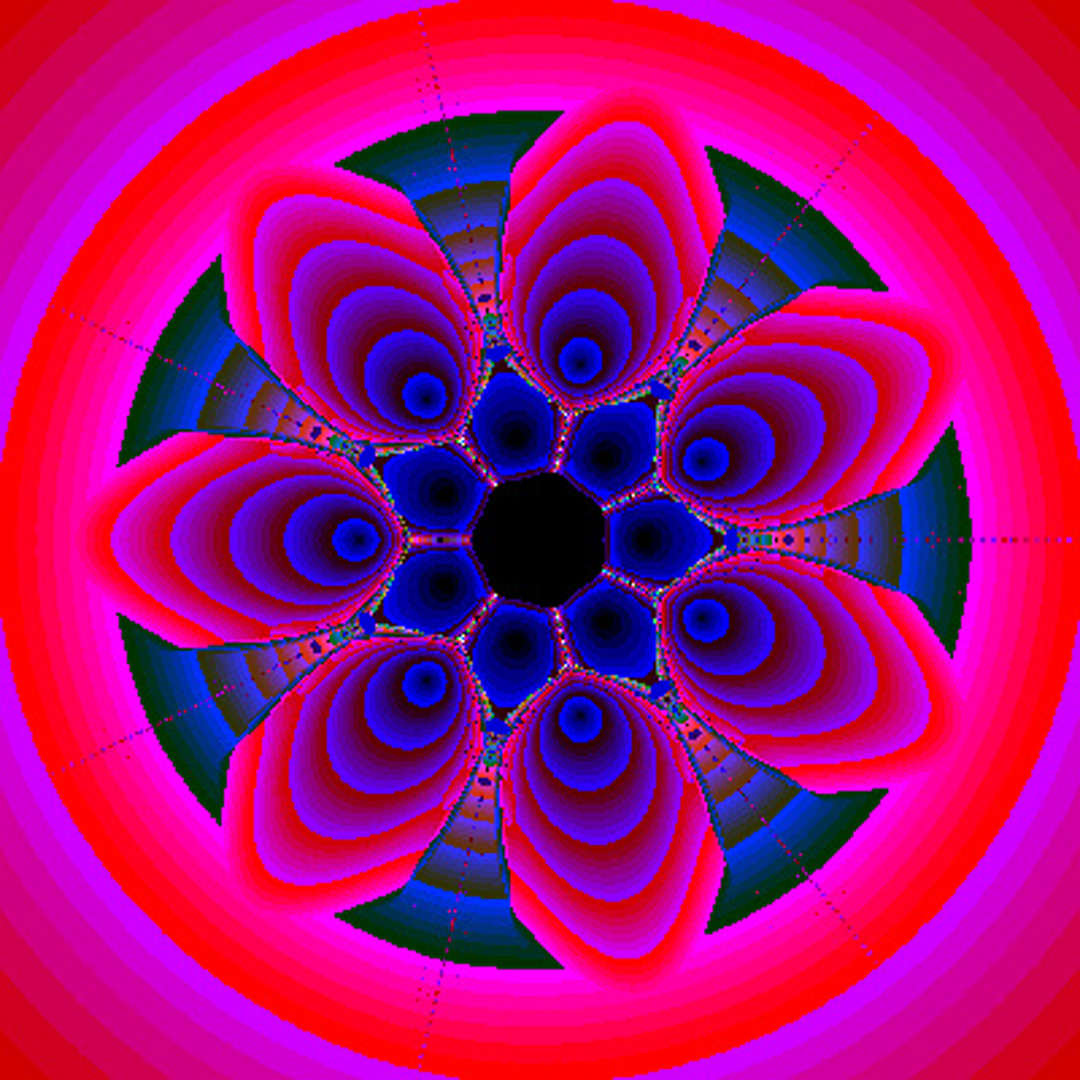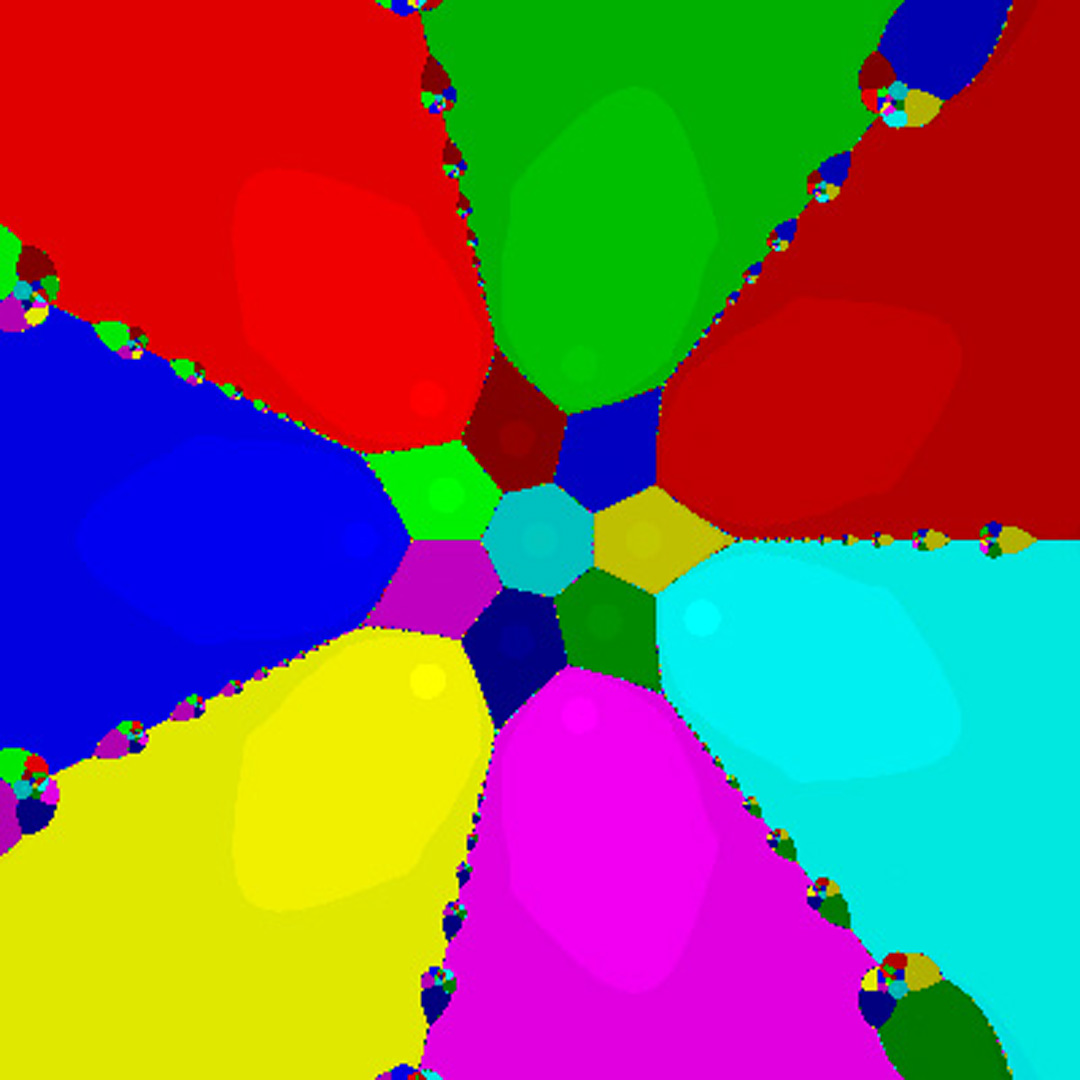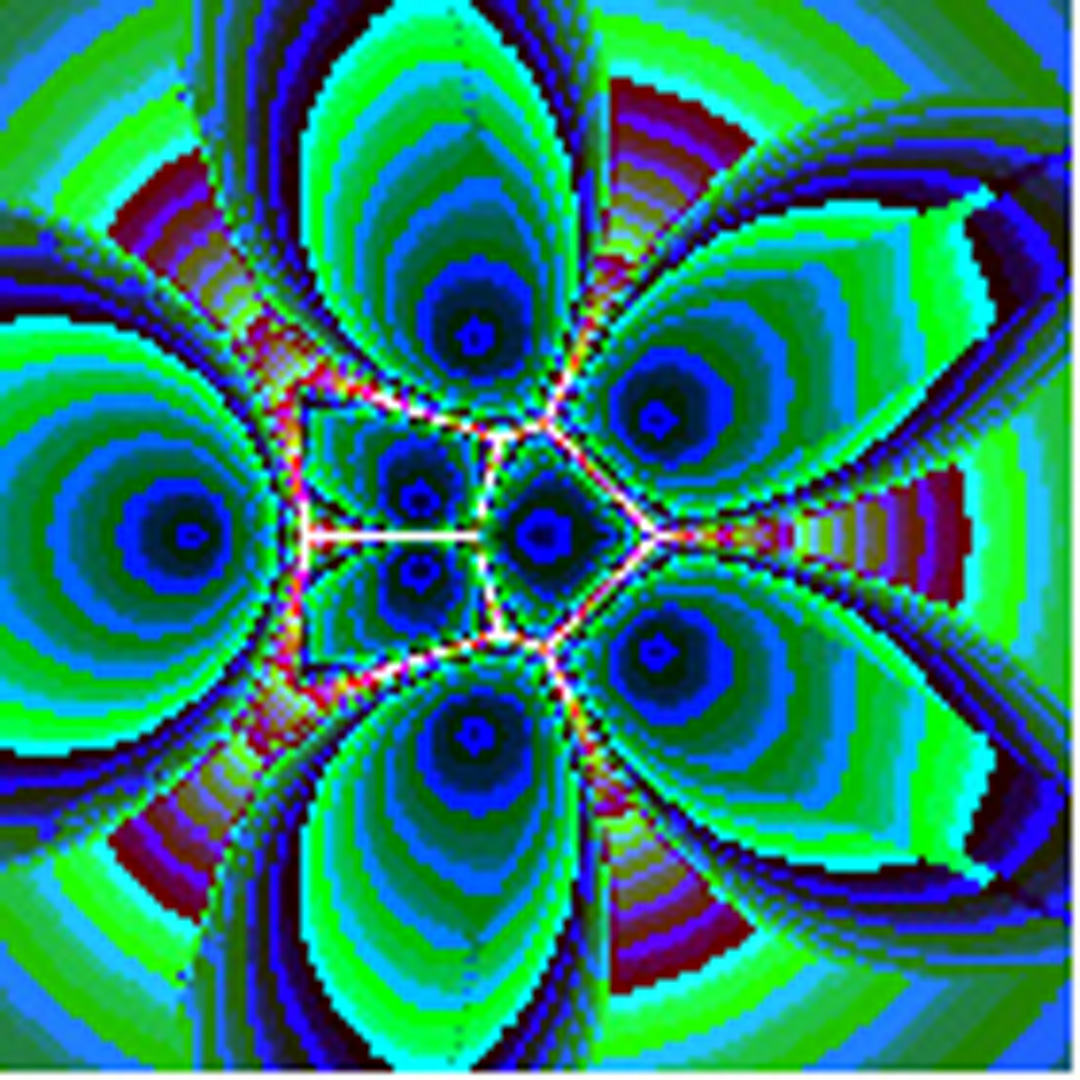“Polynomiography and Applications in Art, Education, and Science” by Kalantari
Conference:
Type(s):
Title:
- Polynomiography and Applications in Art, Education, and Science
Presenter(s)/Author(s):
Abstract:
Polynomiography is the art and science of visualization in approximation of zeros of complex polynomials. Informally speaking polynomiography allows one to take colorful pictures of polynomials. These images can subsequently be re-colored in many ways using one’s own creativity and artistry. It has tremendous applications in visual arts, education, and science. The paper describes some of these applications. From the artistic point of view polynomiography can be used to create quite a diverse set of images reminiscent of the intricate patterning of carpets and elegant fabrics; abstract expressionist and minimalist art; and even images that resemble cartoon characters. From the educational point of view polynomiography can be used to teach mathematical concepts, theorems, and algorithms, e.g. the algebra and geometry of complex numbers; the notions of convergence, and continuity; geometric constructs such as Voronoi regions; and modern notions such as fractals. From the scientific point of view it provides not only a tool for viewing polynomials, present in virtually every branch of science, but also a tool to discover new theorems.


